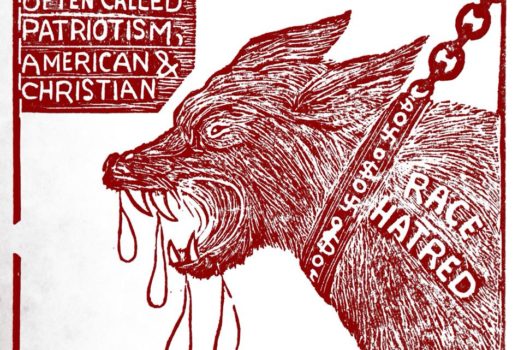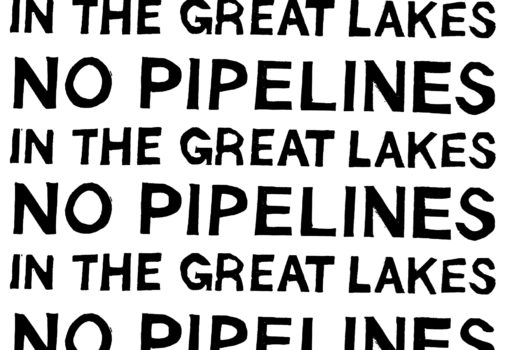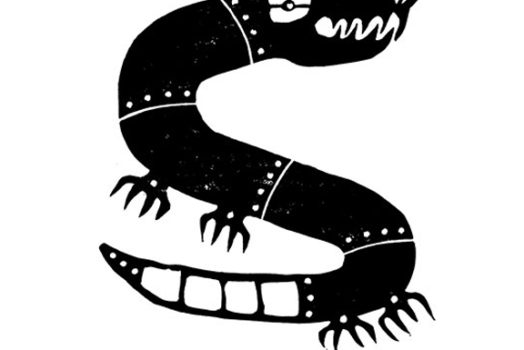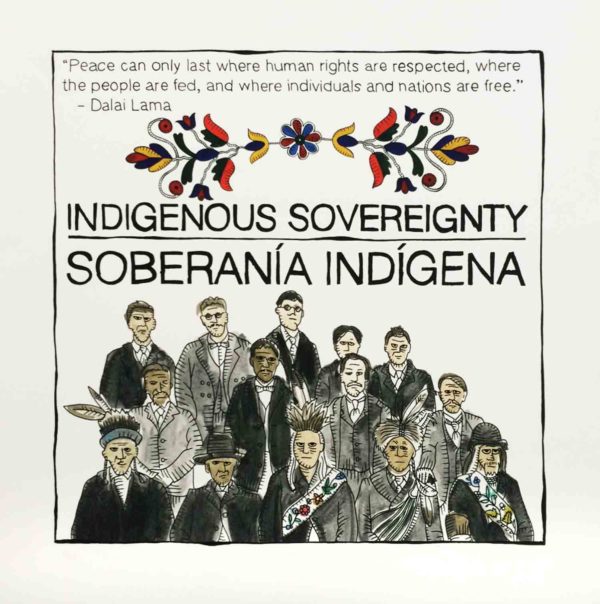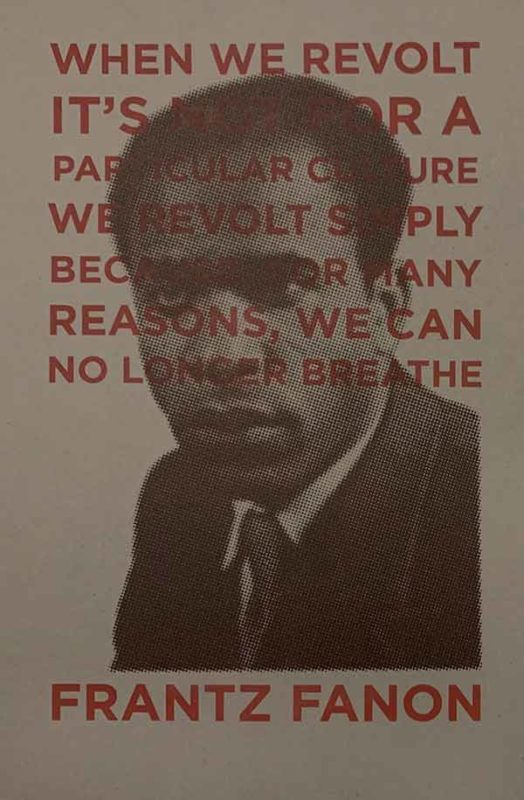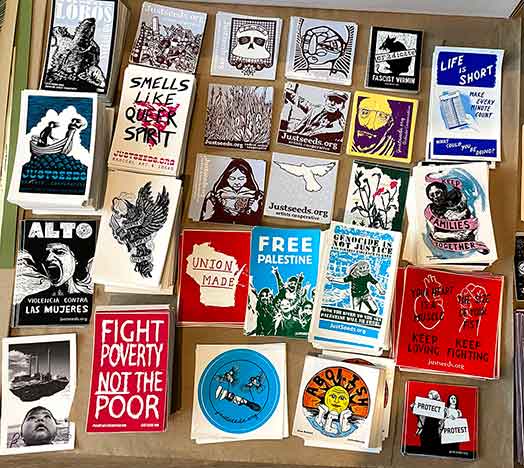
There are some super rad art history books out there that aren’t frequently taught in art history classes. Lots of them aren’t even known in the radical art circles within which we traverse. In the course of preparing a class entitled ‘Horizontality + Creativity: Art as Social Justice,’ I have come across a bunch of these super rad books.
There are some super rad art history books out there that aren’t frequently taught in art history classes. Lots of them aren’t even known in the radical art circles within which we traverse. In the course of preparing a class entitled ‘Horizontality + Creativity: Art as Social Justice,’ I have come across a bunch of these super rad books.
I think some of you may be into them and so over the next bit, I will try and throw some blogs up that briefly review books dealing with radical art. The first that may be of interest is Shifting Map: Artists’ Platforms and Strategies for Cultural Diversity edited by Reinaldo Laddaga, Charles Esche, Gertrude Flentge, and Edith Rijnja.
Unlike many progressive and radical art historical texts, the most substantial endeavor of this anthology is that it is truly global. It includes sections on artist collectives working in Indonesia, Mexico, India, Brazil, Argentina, Mali, South Africa, and the Netherlands. Although many of us want to demolish the Eurocentrism of the capitalist system, it is frequently hard to extend our social networks horizontally. This book begins to do just that (even if contemporary art is privileged).
It appears to me that the most important aspect of this book is that the editors allow the artists’ collectives to speak for themselves! The structure of the book is such that the artists present who they are and what they do. Even so, the book is foregrounded with two (short) critical essays and an introduction. These three sections are written by folks involved in art institutions and the academy, which are unfortunately some of the remaining sites where artists and intellectuals can earn a living.
While many books mediate the voices of artists through the theoretical framework of a critic or historian (no hating, this is just the reality), Shifting Map poses a series of ten questions and allows the artists to speak for themselves. What emerges is a richly nuanced understanding of the contemporary artworld and the roles that art perform amongst these diverse social groups. Although not extensively illustrated, Shifting Map also includes eight full pages of images per collective (around 50 in total). Finally, it is important to note that the text is trilingual: English, Spanish, and French.
While critiques may always be offered, and rightfully so (I am a critic after all), I feel that Shifting Map is a text than should be read and we need to continue involving ourselves in the dialogue that this book engages.
